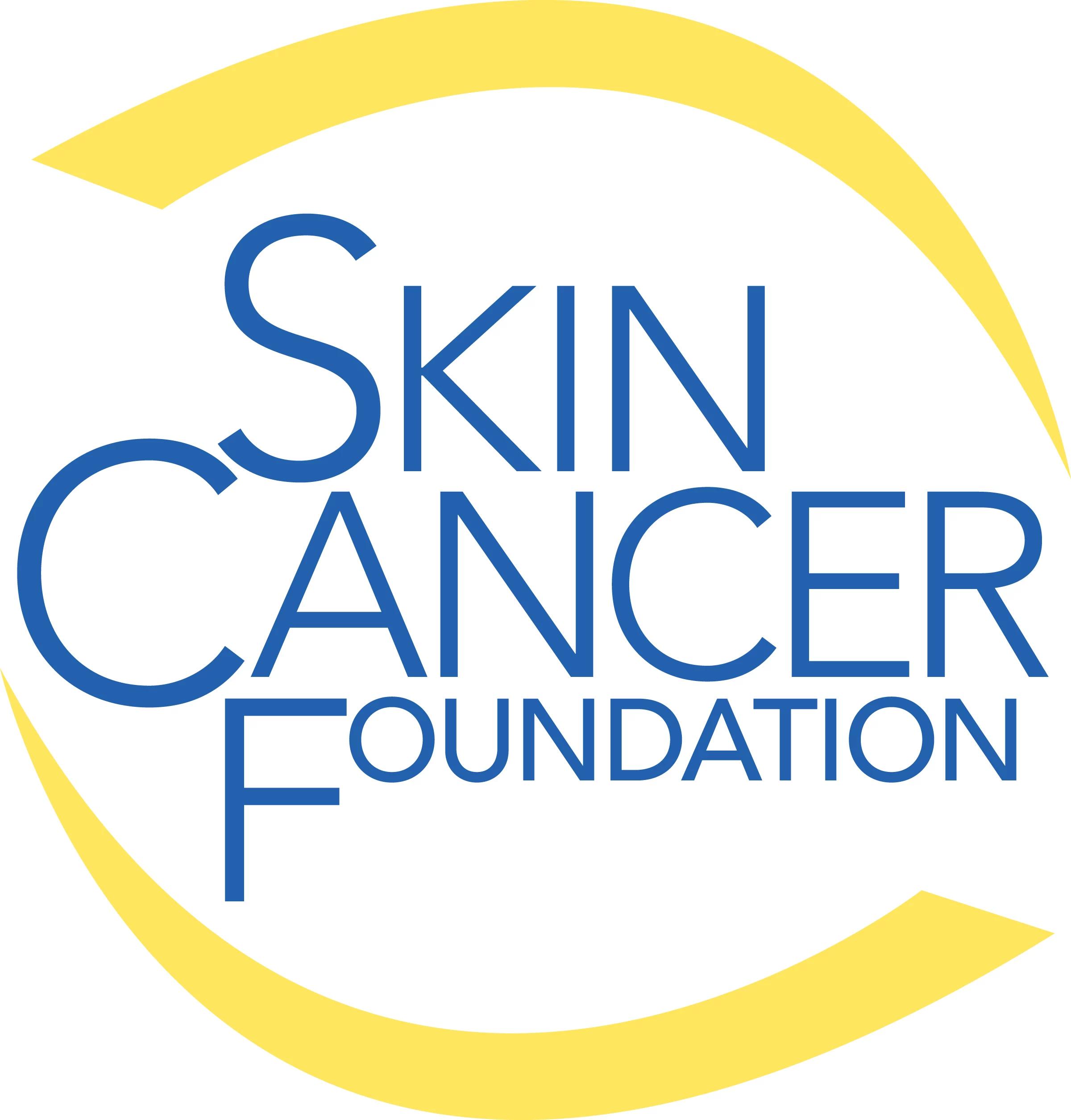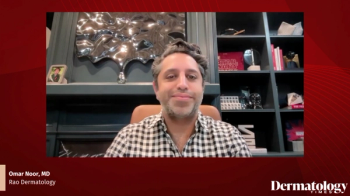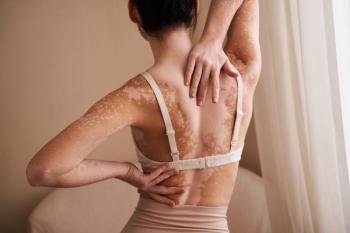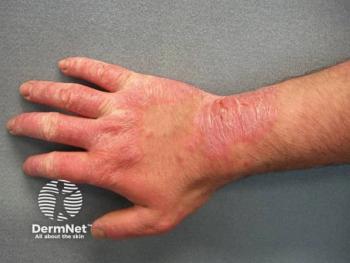
The Skin Cancer Foundation Photobiology Committee Announces Updated Criteria for Seal of Recommendation During Skin Cancer Awareness Month

Key Takeaways
- The Skin Cancer Foundation updated its Seal of Recommendation standards for sun protection products, focusing on effective UVA and UVB protection.
- New criteria include SPF, water resistance, and critical wavelength requirements for sunscreens, and UPF standards for fabrics.
The Photobiology Committee also issues a public safety warning regarding sun protection misinformation amid growing rates of skin cancer in the U.S.
“After extensive research and discussion, we made the unanimous decision to implement new sun protection standards for products that earn the Seal of Recommendation,” says Steven Q. Wang, MD, chair of The Skin Cancer Foundation Photobiology Committee. “The Committee’s recommendations are always grounded in real-world science. The updated standards we are proposing have been tested over time and have already been adopted by many in the industry. We are committed to staying up to date in our recommendations for the public and are confident that these changes not only will help educate the public but will guide them to choose products that, when used consistently and as directed, can help prevent skin cancer and save lives.”
As a service to consumers, The Skin Cancer Foundation has provided the industry-recognized Seal of Recommendation since 1981. For a product to qualify, companies submit third-party laboratory testing data that is reviewed by The Skin Cancer Foundation’s volunteer Photobiology Committee, made up of board-certified dermatologists. The Committee is chaired by Dr. Wang and members include Elizabeth Buzney, MD, Anna L. Chien, MD, Steven A. Nelson, MD, Elisabeth G. Richard, MD, and Jane Y. Yoo, MD. These doctors set the standards for the program and make medically reviewed recommendations for minimum Sun Protection Factor (SPF) and Critical Wavelength (CWL) standards for sunscreen; Ultraviolet Protection Factor (UPF) for fabrics; and minimum UV-blockage recommendations for window film, window tint, glass and lenses. To further support consumers, and combat misinformation, the Committee invites the public to submit their sun protection questions to
“We are enormously grateful to the members of our Photobiology Committee, who generously donate their time to provide medically reviewed feedback regarding our Seal of Recommendation criteria,” says Deborah S. Sarnoff, MD, president of The Skin Cancer Foundation. “Not only do they set the standards, but they personally review the third-party laboratory test results for the individual products in our program to ensure that they meet our established criteria. This is an invaluable resource for consumers who are seeking guidance on sun protection as skin cancer rates rise.”
Below are the 2025 Seal of Recommendation criteria.
Daily Use Seal of Recommendation for sunscreen:
- Minimum SPF: 30
- Water resistance substantiation required, if claimed
- Minimum critical wavelength (UVA): 373 nm
- Minimum HRIPT and phototoxicity requirement: 20 human subjects passing each test.
Active Seal of Recommendation for sunscreen
- Minimum SPF: 50
- Water resistance substantiation required: 40 or 80 minutes.
- Minimum critical wavelength (UVA): 373 nm
- Minimum HRIPT and phototoxicity requirement: 20 human subjects passing each test.
Fabric
- Minimum UPF: 50
- Hats: minimum 3-inch brim all around.
- Hats for babies and toddlers: minimum 2 ½-inch brim.
Window Film, Window Tint, Glass and Lenses
- Minimum: 99 percent blockage of UVA and UVB radiation.
Seal of Recommendation criteria are updated based on the latest scientific evidence regarding sun protection. Below is a timeline of the Seal of Recommendation:
- In 1981, The Skin Cancer Foundation created the Seal of Recommendation program. The Foundation’s first Photobiology Committee established SPF 15 as the minimum for adequate sun protection.
- In 1995, the program expanded beyond sunscreen. Working with an ophthalmologist, the Photobiology Committee developed criteria for UV-protective sunglasses.
- In 1998, the Foundation began providing the Seal of Recommendation for window film that blocks 99 percent of UV radiation.
- In 2005, standards for UPF were introduced, allowing the Foundation to expand the Seal of Recommendation program to include sun-protective clothing, fabric and outdoor shade products like umbrellas and awnings.
- In 2011, with scientific evidence showing the importance of broad-spectrum protection, the Foundation introduced UVA protection requirements for sunscreens and split them into two categories: Daily Use (for incidental sun exposure), and Active (for prolonged sun exposure).
- In 2025, the Foundation announces upgraded criteria for sunscreen and fabric.
You can find the Seal of Recommendation anywhere sun protection products are sold. The Skin Cancer Foundation also introduced a new design for the Seal of Recommendation. This new badge will begin appearing on products in 2026. To learn more about the products in this program, visit SkinCancer.org/recommended-products.
During Skin Cancer Awareness Month, and every month, The Skin Cancer Foundation recommends a complete sun protection routine including covering up with clothing, hats and UV-blocking sunglasses, seeking shade and avoiding peak sunlight hours (10 AM to 4 PM). Liberally apply a broad-spectrum (UVA/UVB) sunscreen with an SPF of 30 or higher every day, and for extended outdoor activity, use a water-resistant, broad-spectrum sunscreen with an SPF of 50 or higher. Be sure to reapply sunscreen throughout the day: at least every two hours or more often if you are swimming or excessively sweating. Those with many risk factors may want to use sunscreen products with a higher SPF and be extra vigilant about avoiding incidental sun exposure.
The Foundation also recommends that you see a physician at least once yearly for a professional skin exam (though if you’re at higher risk, you may be instructed to go more frequently). You should also examine your own skin from head to toe every month, looking for anything new, changing or unusual.
Newsletter
Like what you’re reading? Subscribe to Dermatology Times for weekly updates on therapies, innovations, and real-world practice tips.



















